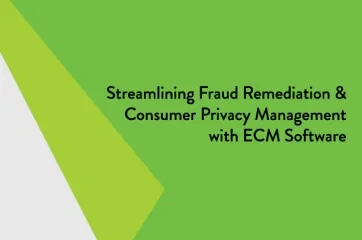Debt covenants, also known as financial covenants or banking covenants, are conditions written into commercial loan agreements that bind both the bank or credit union, and borrower, to the terms. These constraints vary by industry and collateral type.
Why Are Debt Covenants Important?
Debt covenants are designed to shield the lending institution against risk and, simultaneously, to help protect the borrower from loan default. They may outline both what a customer or member must do (known as a positive debt covenant) as well as actions that a borrower cannot make (negative debt covenants). As such, a company should take these specifications into account when formulating plans to remain compliant with its loan agreement.
Debt Covenant Examples
Examples of positive debt covenants include:
- Allowing a bank or credit union to take inventory of stock/assets on hand: In the case of a cattle loan, the borrower may be asked to permit the lending bank or credit union to count cattle and evaluate current cash value. Similarly, a financial institution may require car dealerships to submit to monthly inventory inspections. An institution may also mandate that a dealer pay the loan amount on a car sold within a set number of days. (Otherwise, the dealership may use the proceeds instead to purchase more cars, which may elevate the lender’s risk of being repaid if the auto market takes a downturn.)
- Providing financials: Lenders might require a business to provide annual accounts receivables reports or submit yearly tax returns.
Examples of negative debt covenants include:
- Prohibiting additional borrowing: A loan agreement may stipulate that the borrower cannot take out subsequent loans until the total debt has been repaid.
- Not exceeding loan to income ratios: To alleviate undue exposure to default, a financial institution may include a debt covenant stating that the loan amount will not comprise more than a certain percentage of a company’s accounts receivables. For example, let’s assume that a bank has agreed to a line of credit up to 80 percent of a business’s accounts receivables. However, a financial statement submitted by the company shows that the loan is at 85 percent of the organization’s accounts receivables. At that point, the bank is permitted to require the borrower to pay down a specific amount, bringing the loan back into compliance.
Debt Covenant Resources
For more commercial lending best practices and tools, be sure to check out our extensive resource library with free spreadsheets, whitepapers, and eBooks.
Searching for more banking definitions? Check out our banking definitions page.














